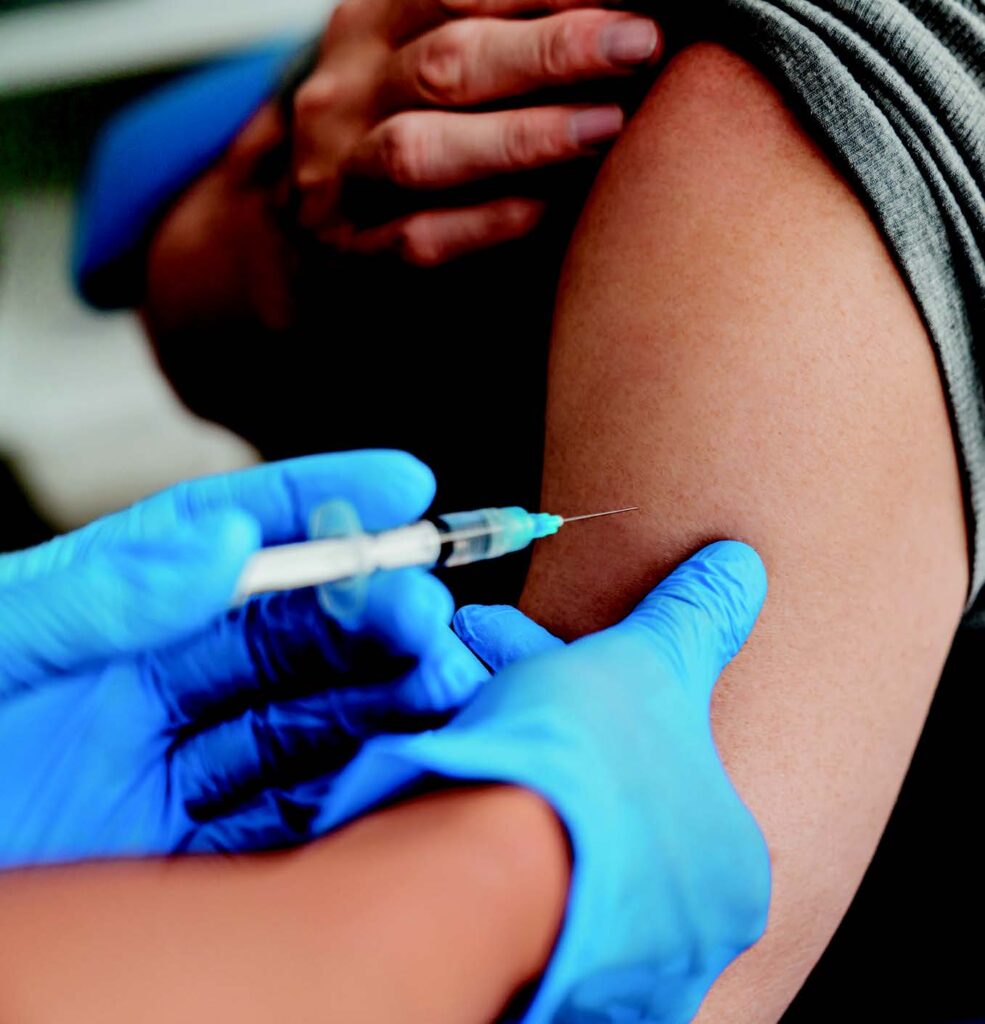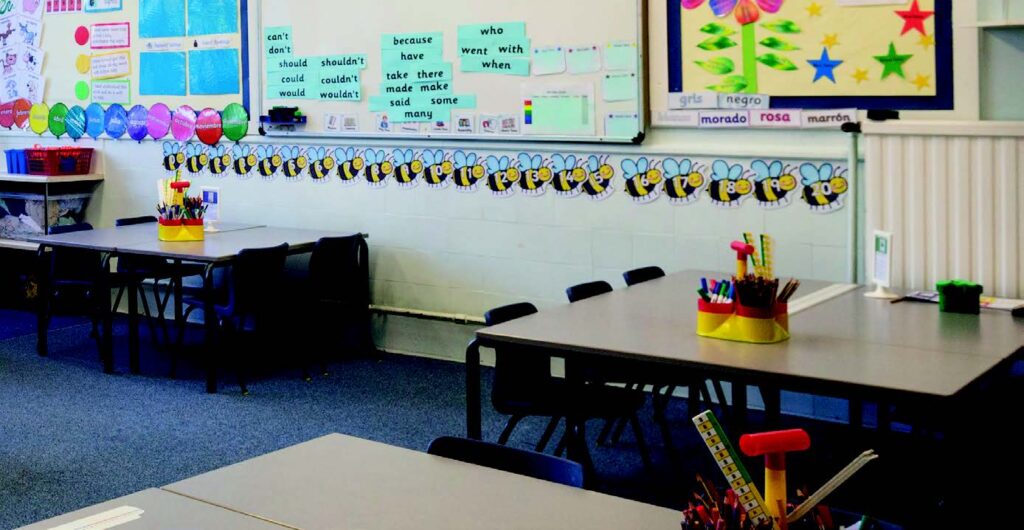With the Winter months now upon us, the importance of Covid mitigations is increased and issues such as balancing ventilation with appropriate temperature within classrooms become more challenging. Here, the SEJ rounds up the latest Covid safety developments, guidance and advice.
A few minor changes in Scottish Government guidelines for schools have been issued but at CERG (Covid Education Recovery Group) the consensus was that there would be no imminent change to the main thrust of the guidance.
The situation remains under weekly review, however, with an eye on the roll out of the vaccine to secondary age pupils and infection levels. Pupil vaccination levels have continued to increase, although it has slowed somewhat for the 12-15 age group, sitting at just over 50%.
The EIS continues to urge the Scottish Government to take a cautious approach to any easing of mitigations.
Prelim arrangements were discussed and it was clear that these could proceed as long as current mitigations were adhered to, perhaps even enhanced by physical distancing measures. It was confirmed that current guidelines do not allow for parental audiences for Christmas events.
The EIS raised concerns about the variation across Councils regarding flu vaccinations, with some teachers being offered in-school injections and others having to make external appointments. This appears to be driven by Health Board approaches rather than individual Councils. The efficacy of in-school provision has been raised nationally by the EIS but there is little movement.
There is an entitlement to vaccination, however, to all who are in priority groups for Covid.
The flu vaccine is given free on the NHS to people who:
- Are 50 and over (including those who’ll be 50 by 31 March 2022)
- Have certain health conditions
- Are pregnant
- Are in long-stay residential care
- Receive a carer’s allowance, or are the main carer for an older or disabled person who may be at risk if you get sick
- Live with someone who is more likely to get infections (such as someone who has HIV, has had a transplant or is having certain treatments for cancer, lupus or rheumatoid arthritis)
- Frontline health or social care workers
Members who fall under one of these categories can book their flu vaccination online.
The SNCT reached an agreement over special leave for COVID-19 related absences. This provides for up to 12 weeks of special leave for absences due to Covid-19.
This agreement was approved by the SNCT on 30 September 2021 and will be applied retrospectively to all relevant absences from 8 July 2021.
Members requiring further advice or support on this matter should make contact with their LA Secretary.
We have recently issued a member survey relating to covid mitigations, workload, and health and wellbeing. Surveys for FE and HE are being run, also. Thank you to all members who took the time to complete the survey. The results of the survey were not available at the time of this SEJ going to print, but will be published on the EIS website.

Heating & Ventilation
The EIS recently ran a well-attended online training session on Ventilation and Safety in schools for EIS Reps with Health & Safety responsibilities. This webinar covered advice and information about current ventilation guidance, relevant workplace rights and legislation that underpins safety in the workplace.
Ensuring adequate airflow in classrooms and other teaching spaces is absolutely essential to minimise the risk of airborne Covid spread. In many schools, this requires the opening of classroom windows to improve airflow which can obviously create significant challenges in maintaining an appropriate temperature during the Winter months.
Some of the key points covered in the Webinar included:
- There has been legislation covering H&S for many years specifically covering the matter of ventilation in schools and surrounding matters.
- Workplace H&S Regulations state that “Effective and suitable provision shall be made to ensure that every enclosed workplace is ventilated by a sufficient quantity of fresh or purified air.”
- Guidance states that, where necessary, mechanical ventilation systems should be provided to improve air flow.
- Occupants should not be exposed to uncomfortable draughts.
- Regulations require that temperatures shall be “reasonable” and guidance defines this as “normally at least 16°C” (60°F) during “the length of time people are likely to be there.”
- The School Premises (General Requirements and Standards) (Scotland) Regulations 1967 includes provisions for minimum temperatures in different areas within schools. These are available on Page 52 of the EIS Health and Safety Handbook.
- The Management of Health and Safety at Work Regulations state that your employer is obliged to provide you with a safe place of work through the use of a risk assessment.
- Current risk assessments in schools should be updated when necessary to comply with the latest CERG (Covid Education Recovery Group) guidance.
- Issues related to heating and ventilation should be included in revised risk assessments.
- CO2 monitors, when used correctly, can help to identify where there is – or isn’t – adequate airflow within a room.
- Simple steps that might be taken to help balance ventilation and appropriate temperature can include: partially opening windows or doors; relaxing dress codes during colder weather; use of convector fan heaters in well ventilated areas.

